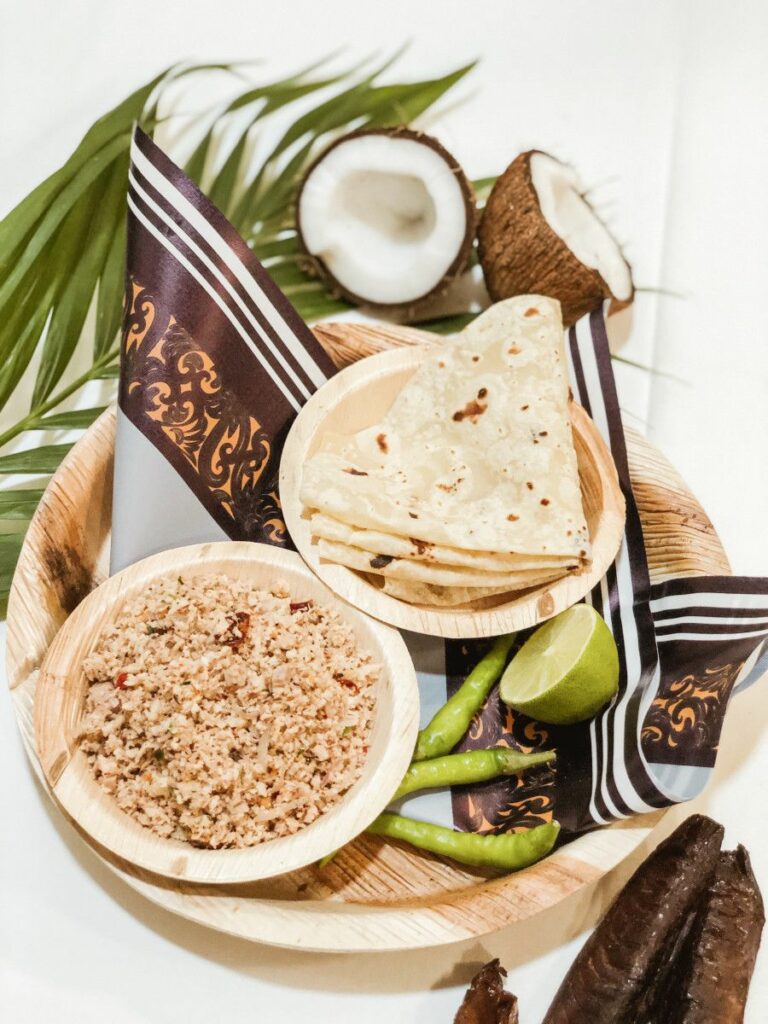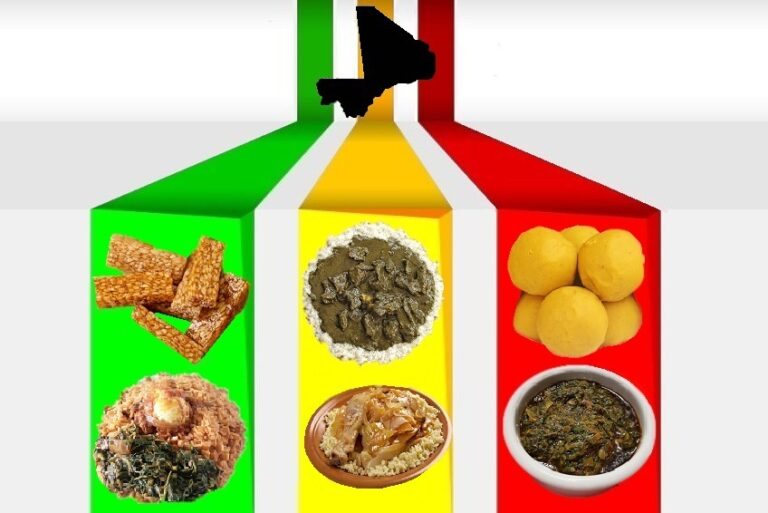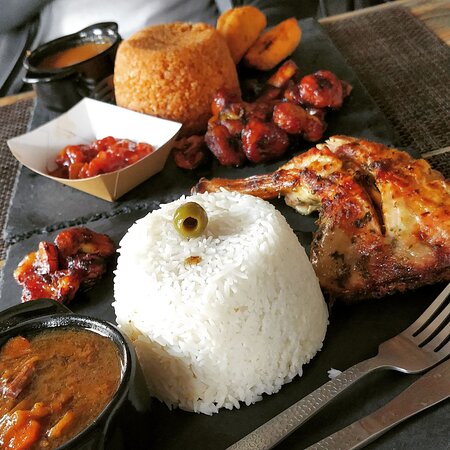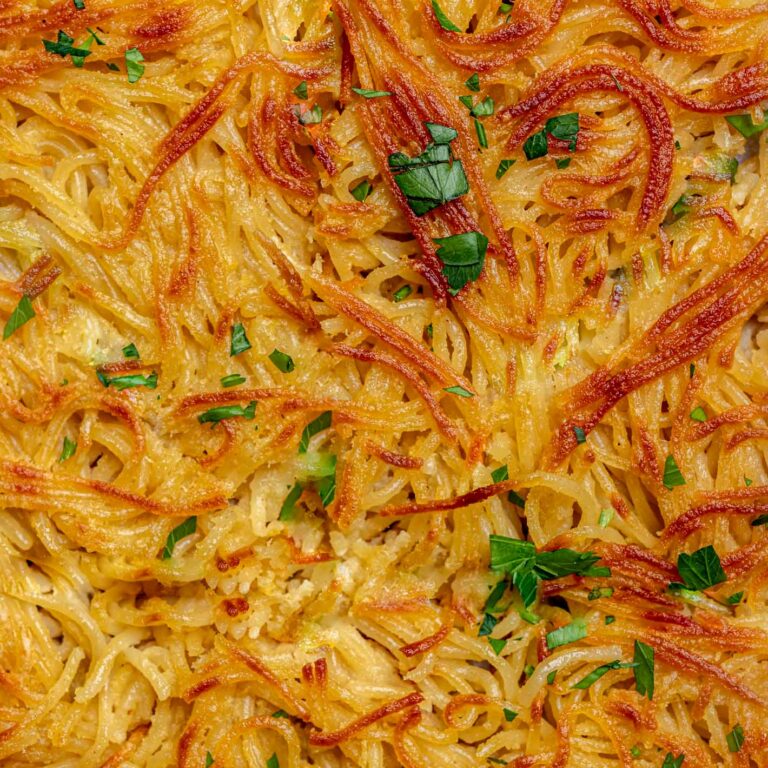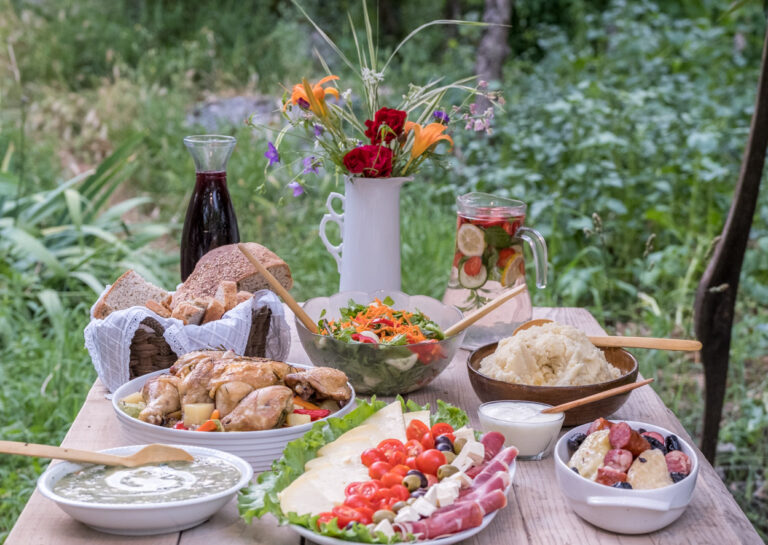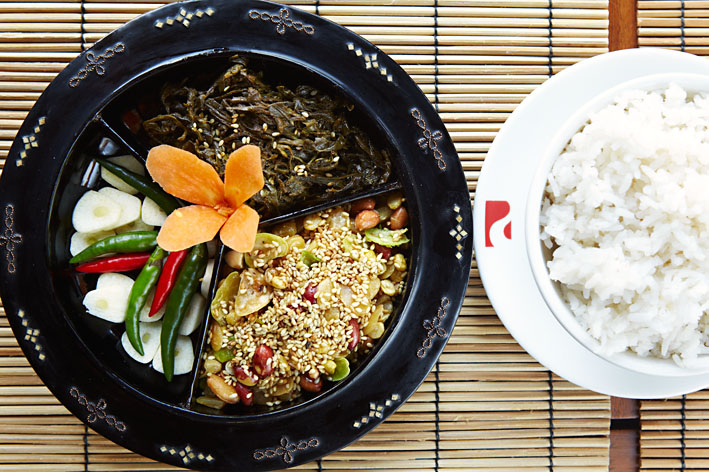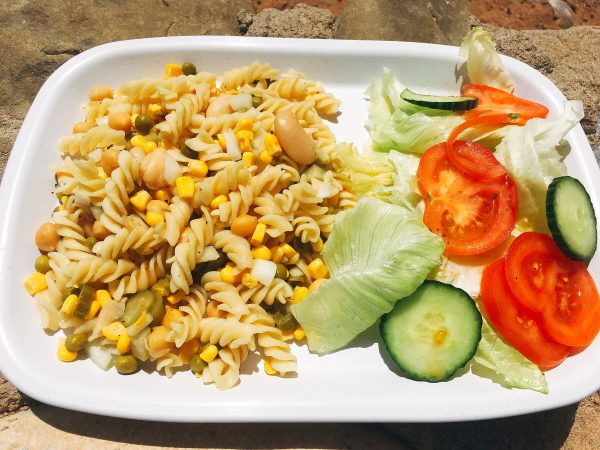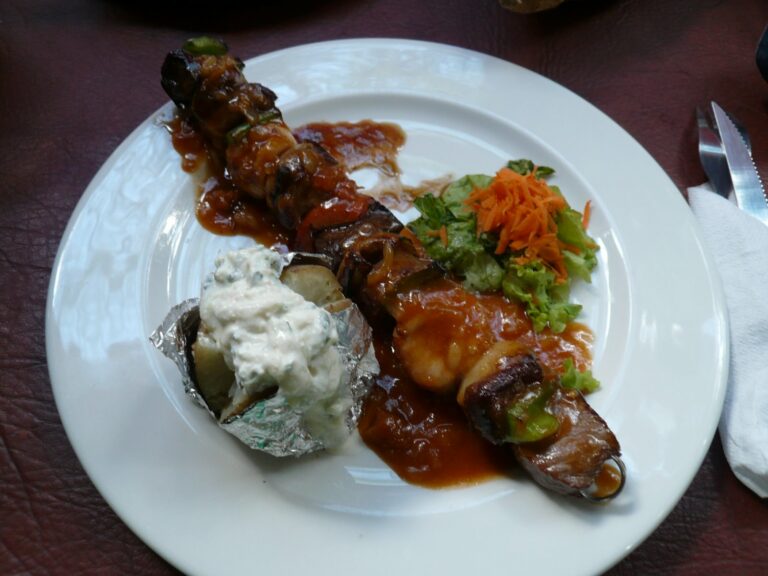Introduction: What to Eat in the Maldives?
When it comes to dining in the Maldives, visitors are in for a treat. With its location in the Indian Ocean, the Maldives boasts a wide variety of seafood, as well as a range of traditional Maldivian dishes. In addition, due to its popularity as a tourist destination, the Maldives also offers international cuisine, from Italian to Japanese. In this article, we’ll recommend some of the must-try dishes for anyone visiting the Maldives, as well as some sweet treats and local beverages to quench your thirst.
Seafood Delights: Fresh Catch from the Indian Ocean
Seafood is the star of Maldivian cuisine, and visitors should take advantage of the fresh catch from the Indian Ocean. One must-try dish is Garudhiya, a fish soup made with tuna, onions, and lemon. Another popular seafood dish is Mas Riha, a spicy fish curry made with coconut milk, curry leaves, and spices. For a unique experience, visitors should also try Mas huni, a breakfast dish made with tuna, coconut, and onions, usually served with chapati.
Traditional Maldivian Cuisine: From Garudhiya to Mas Huni
In addition to seafood, the Maldives also offers a range of traditional dishes that visitors should try. One of the most popular dishes is Bodibaiy, a traditional Maldivian snack made with rice flour, coconut, and sugar. Another dish to try is Huni Roshi, a flatbread made with coconut and served with a variety of curries or chutneys. For those with a sweet tooth, try the Bondibaiy, a sweet and sticky rice cake made with coconut and jaggery.
International Fare: Global Flavors in Paradise
While seafood and traditional Maldivian cuisine are the highlights of dining in the Maldives, visitors can also find international cuisine. Many resorts offer Italian, Japanese, and other international restaurants, serving everything from pizzas to sushi. For a unique experience, visitors can try a Maldivian twist on international cuisine, such as a tuna pizza or a curry sushi roll.
Sweet Treats: Indulge in Maldivian Desserts
To satisfy your sweet tooth, there are plenty of Maldivian desserts to try. One must-try dessert is Gulha, a sweet fried pastry filled with coconut and cane sugar. Another popular dessert is Bis keemiya, a pastry filled with sweetened onions and served with a side of vanilla ice cream. For a refreshing treat, try the Aluvi Boakiba, a coconut milk and rice dessert served cold.
Drinks to Try: Quench Your Thirst with Local Beverages
To quench your thirst in the Maldives, try some of the local beverages. One popular drink is Kurumba, a coconut milk drink with a touch of cinnamon. Another Maldivian favorite is Raa, a fermented toddy tapped from palm trees and served in coconut shells. For a non-alcoholic option, try the Sai, a refreshing drink made with lime, sugar, and soda water.

